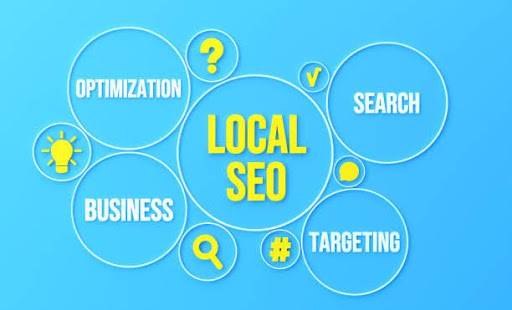
Introduction
An e-commerce website allows you to sell your products and services to customers online, which can help you reach a wider audience and increase your sales. However, building a successful e-commerce website requires careful planning, design, development, and marketing. In this article, we’ll provide you with a comprehensive guide on how to build a successful e-commerce website, covering everything from planning and design to marketing and optimization.
Planning Your Successful E-Commerce Website
Before you start building your e-commerce website, it’s important to have a clear plan in place. This involves choosing your products and services, identifying your target market, and determining your budget and timeline.
Choosing Your Products and Services For Successful E-Commerce Website”
The first step in planning your e-commerce website is to choose the products and services that you want to sell. It’s important to choose products and services that are in demand and that you have experience with. You should also consider the competition in your market and identify what makes your products and services unique.
Identifying Your Target Market For Successful E-Commerce Website”
Once you’ve chosen your products and services, you need to identify your target market. This involves understanding the demographics, interests, and behaviors of your potential customers. You should also consider how your products and services can meet the needs and solve the problems of your target market.
Determining Your Budget and Timeline
Building an e-commerce website can be expensive and time-consuming, so it’s important to determine your budget and timeline before you start. This involves identifying the costs of building and maintaining your website, as well as setting realistic deadlines for each stage of the process.
Designing Your E-Commerce Website
Once you have a clear plan in place, the next step is to design your successful e-commerce website. This involves choosing your platform, creating a user-friendly interface, and incorporating high-quality images and product descriptions.

Choosing Your Platform
There are many e-commerce platforms to choose from, each with its own pros and cons. Some popular options include Shopify, Woo Commerce, Magento, and Big Commerce. When choosing your platform, you should consider factors such as ease of use, customization options, and integration with third-party tools.
Creating a User-Friendly Interface
Your e-commerce website should be easy to navigate and use, with clear categories and product pages. You should also include a search bar and filters to help customers find what they’re looking for. It’s also important to make your website mobile-friendly, as more and more customers are shopping on their phones and tablets.
Developing Your E-Commerce Website
After you’ve designed your e-commerce website, the next step is to develop it. This involves creating a secure payment system, implementing effective inventory management, and optimizing your website for search engines.
Creating a Secure Payment System
Your customers need to feel secure when making purchases on your website. You should choose a payment gateway that is reliable and secure, such as PayPal or Stripe. It’s also important to make sure that your website is encrypted with an SSL certificate, which will protect your customers’ personal and financial information.
Implementing Effective Inventory Management
Managing your inventory is essential for keeping track of your products and ensuring that you have enough stock to meet customer demand. You should choose an inventory management system that integrates with your e-commerce platform and allows you to track your inventory levels in real-time.
Optimizing Your Website for Search Engines
Search engine optimization (SEO) is essential for driving traffic to your e-commerce website. You should optimize your website for keywords related to your products and services, as well as for local search terms if you have a physical store. You should also include meta descriptions and alt tags for your images, and make sure that your website is mobile-friendly.
Marketing Your E-Commerce Website
Once your e-commerce website is up and running, the next step is to market it. This involves utilizing social media and email marketing, creating quality content, and analyzing your traffic and sales data.
Utilizing Social Media and Email Marketing For Successful E-Commerce Website”
Social media and email marketing are effective ways to reach out to your customers and promote your products and services. You should create profiles on popular social media platforms, such as Facebook and Instagram, and use email marketing to keep your customers informed about new products and promotions. Creating quality content, such as blog posts and videos, is essential for engaging your customers and building trust. You should also encourage customer reviews and feedback, which can help you improve your products and services and attract new customers.
Analyzing Your Traffic and Sales Data For Successful E-Commerce Website”
Analyzing your website’s traffic and sales data is essential for understanding your customers and improving your website’s performance. You should use analytics tools, such as Google Analytics, to track your website’s traffic and sales data, and make adjustments based on the results.
Conclusion
Building a successful e-commerce website requires careful planning, design, development, and marketing. By choosing the right products and services, identifying your target market, and creating a user-friendly interface, you can attract and retain customers. By implementing effective inventory management, creating a secure payment system, and optimizing your website for search engines, you can ensure that your website is both reliable and efficient. And by utilizing social media and email marketing, creating quality content, and analyzing your traffic and sales data, you can engage your customers and promote your products and services. You can also reach out to localseogmbmarketing.com on how to build a successful e-commerce website.








